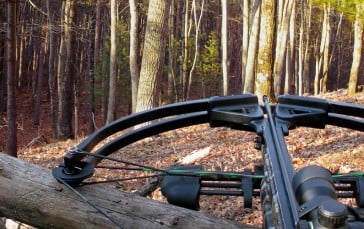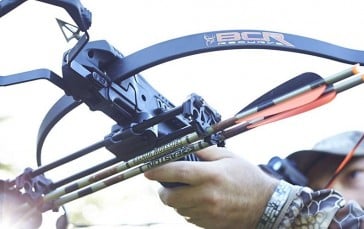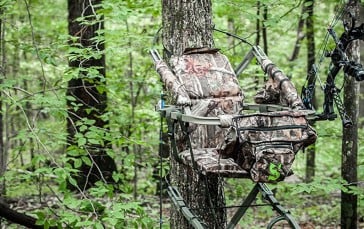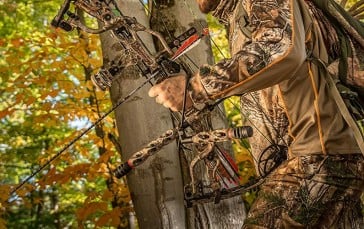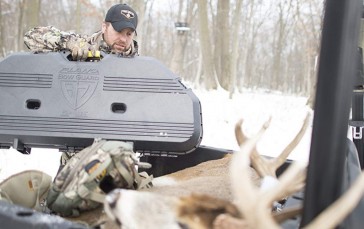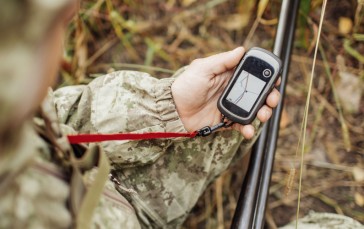Bow Maintenance Guide
Unlike many sports and physical activities that rely solely on your body, archery requires the use of specialist equipment. All the hunting gear and no idea is never a successful combination and to excel as an archer, besides honing your technique, you do need your equipment, to be in tip-top condition. The most expensive bow in the world is of no use nor ornament if it’s not correctly maintained. Even the finest quality bow that has been expertly engineered is little use if you allow it through lack of respect and regard to fall into disrepair. Worse still, if you don’t follow the ultimate guide to bow maintenance, you could put yourself in a dangerous position. We’re going to be running through some key pointers today to help you keep your bow in excellent shape.
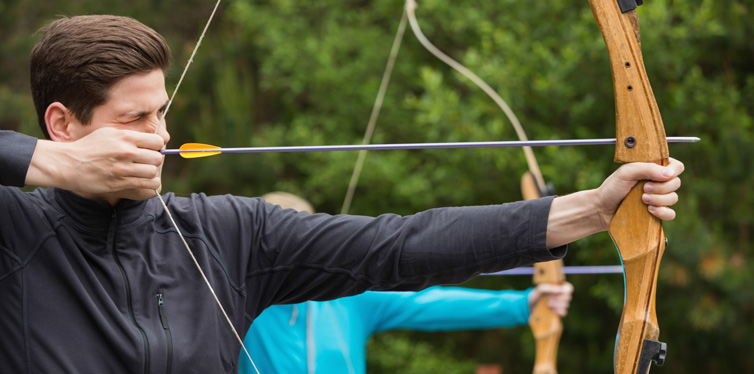
Take The Time To Tune Your Bow Correctly
A simple but effective tip to get you started. A healthy bow is a correctly tuned one, and a correctly tuned one is one which is customized to your precise adjustments. Your bow should feel like a natural extension of your body, with the exact draw length and weight that work for you. If you’re new to archery, save yourself the pain and frustration of trying to work those measurements out yourself by taking yourself along to a bow technician at your local sports shop and having them size and tune you correctly.
Routinely Perform Mini Bow Inspections
Don’t fall into the habit of thinking that maintenance can be done at a later stage when you’re not shooting. The best way to ensure tip-top bow maintenance is to perform it right there and then. Each time you go out to do a practice session, get into the routine of carrying out a basic drill. We recommend that as a minimum, you perform the following steps:
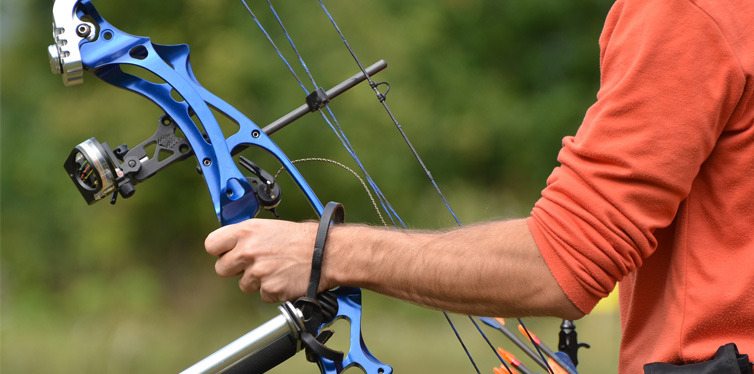
1. Ensure Your Riser Is Safe
The riser is central to your bow’s overall performance, uniting the entire central hub. A problem with your riser will definitely lead to some serious issues with performance. Before even drawing an arrow, it’s an excellent idea to inspect your riser thoroughly. Check your grip to make sure it’s stable and not showing any signs of cracks and that there are no loose or wobbly parts.
Also, inspect the riser where it meets the limbs and ensure that the limbs are screwed in tightly and securely. As per our previous point, wobbles are not good, so be sure to tighten anything up first before you carry on with your practice.
Now is also an excellent time to make sure that all your accessories are also properly installed and still correctly held in place. Check your cable guard and your quiver attachment to make sure that they’re tightly secured and aren’t exhibiting any signs of erosion marks. With regular use, parts can easily wear out and will need to be routinely inspected and replaced.
2. Looking After Your Bowstring
Of all the component parts of your bow, the string is most susceptible to wear and tear and will require frequent maintenance. Today’s modern bowstrings are typically made of polyethylenes, but they’re still intended to behave like the older bowstrings which were made of hemp, flax, and even animal sinew, so they are prone to frying and snapping over time.
Really inspect that bowstring meticulously to spot any threads that are starting to fray. We can’t stress enough how dangerous it can be to shoot with a faulty string, so don’t even go there. Immediately replace your string or take it to a bow technician if there are any signs of distress. Bt extra vigilant and review your entire string, including where it attaches to the lime as well as above and below the nocking point.
It can also be of benefit to regularly wax your string too to ensure that its integrity is maintained. There is some debate among professionals about the frequency with which this should be carried out, but we’d recommend once a week if you’re regularly using your hunting crossbow.
Use your ears and not just your eyes too. Listen to any sound your bow makes when you release those arrows. If it’s overly vibrating, that can be a sign that your bowstrings are loose and require some maintenance so have all your wits and senses employed to stay on top of essential bow maintenance.
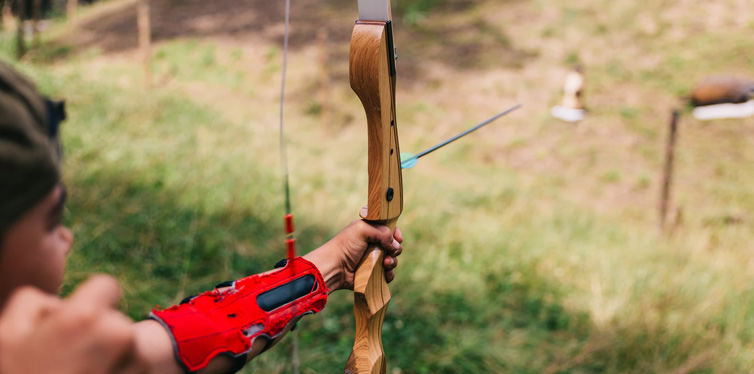
3. Storing Your Bow Correctly When Not In Use
How you store your bow is every bit as important as what you do with it. Dirt and grime can build up quickly if you’ve been using your bow outdoors, especially in adverse weather conditions, so before you put your bow away for safe storage, clean both your bow and the string first. If you can afford to invest in one, a hard case is also preferable to a soft style one and will better protect your purchase both when it’s in transit but also when it’s being stored at home.
If you don’t have a case, make sure you do at least designate a safe place to hang up your bow. Don’t just toss it to the side. If you have kids or pets, it’s especially important that you hang your bow away out of harm’s way, for all parties involved!
Always be mindful of the heat conditions of any location when you’re storing your bow as heat can delaminate the bow’s limbs as well as potentially erode the strings.
4. Consider Having Your Bow Maintained Annually By An Expert
Prevention is better than cure, and that goes for bow maintenance too. A fully comprehensive annual review in the hands of an experienced bow technician will nip any potential problems in the bud before they surface and have the opportunity to become dangerous. They will be able to carry out a complete top to bottom inspection, aligning any inconsistencies and generally ensuring that your rig really is in the best possible condition.
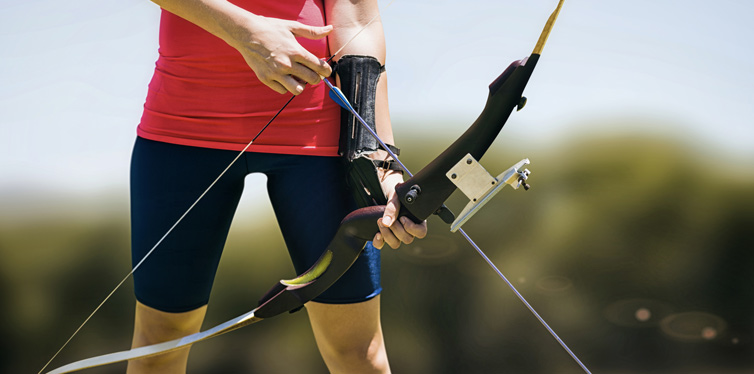
One Final Recommendation On The Ultimate Guide To Bow Maintenance
You probably already know this, but it’s always worth reiterating as it really is vital if you want your bow to last for many hunting seasons to come. Don’t dry fire it! It’s the ultimate no-no, so respect your equipment and the investment that you’ve made by never releasing the bow without an arrow physically on the bowstring.


